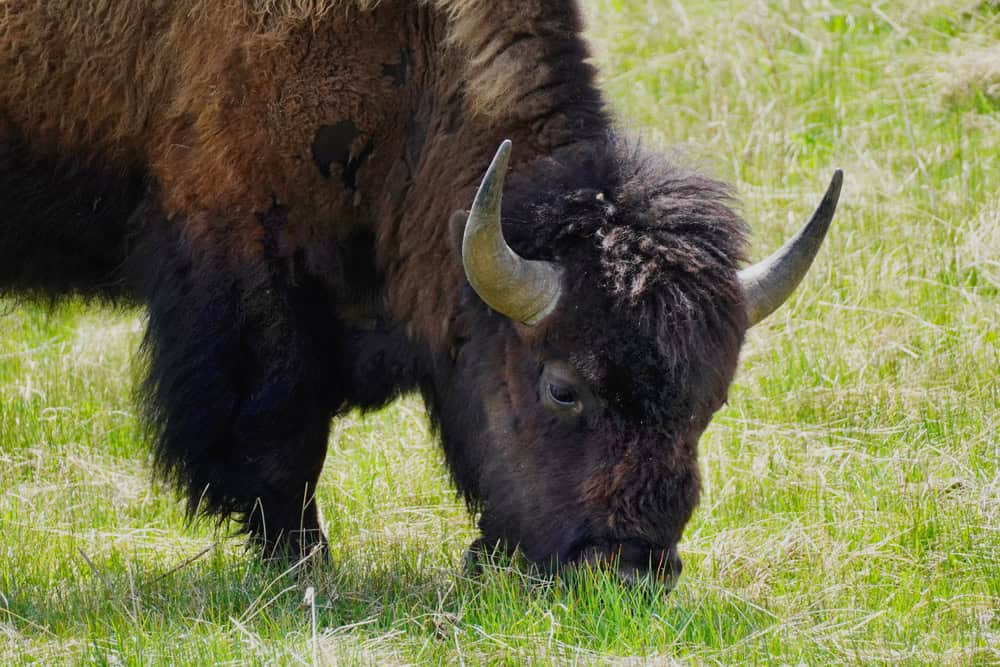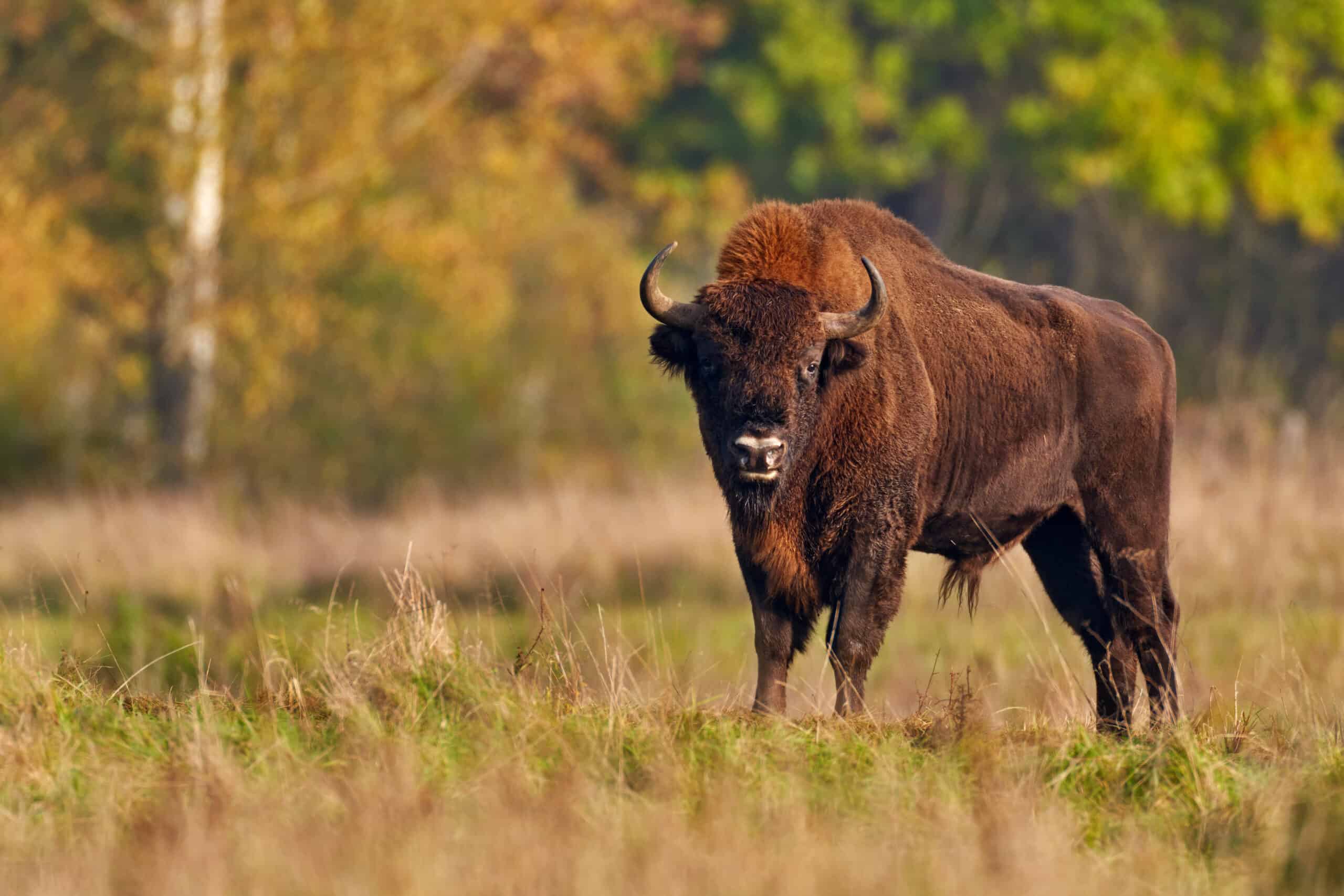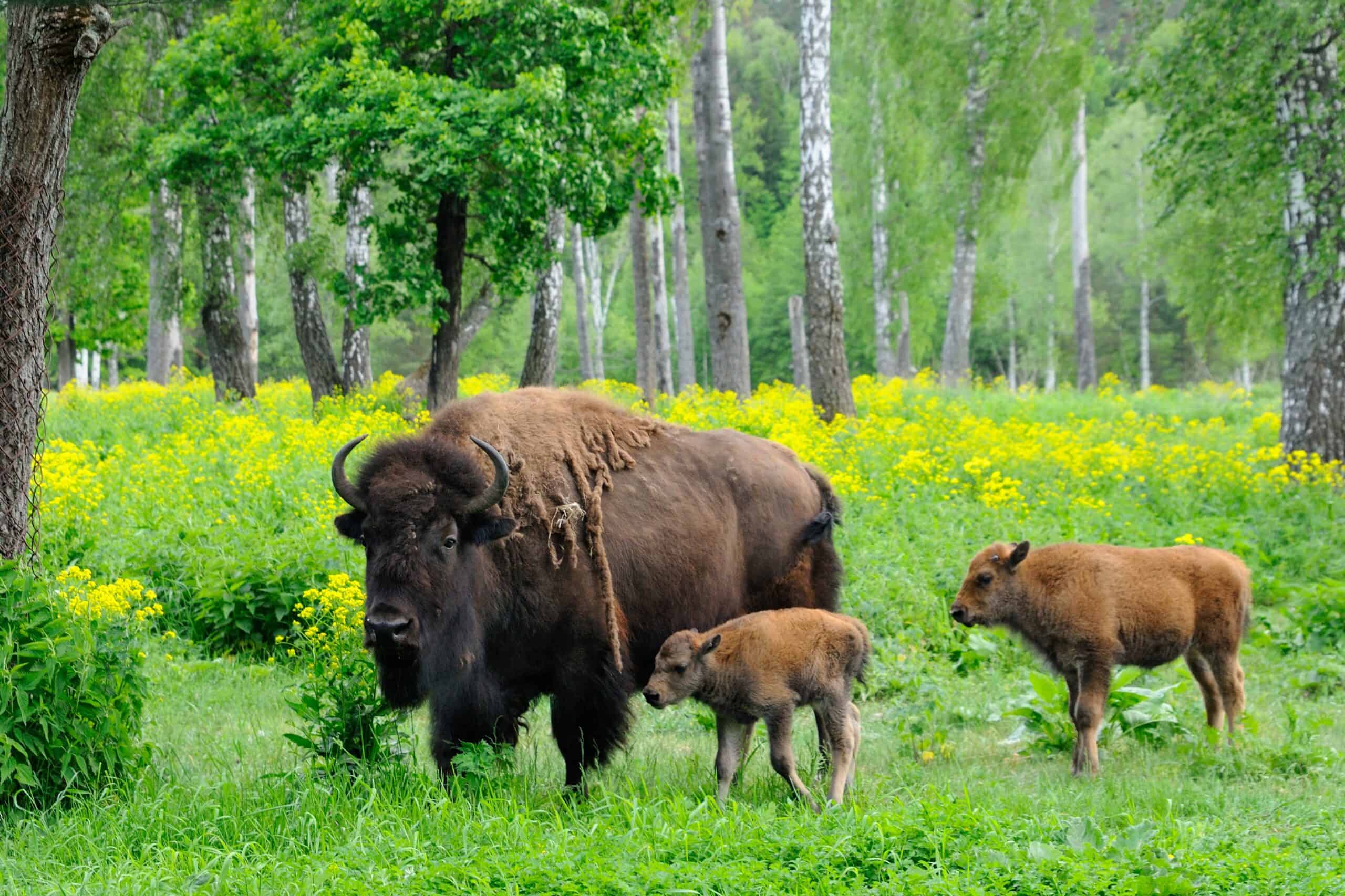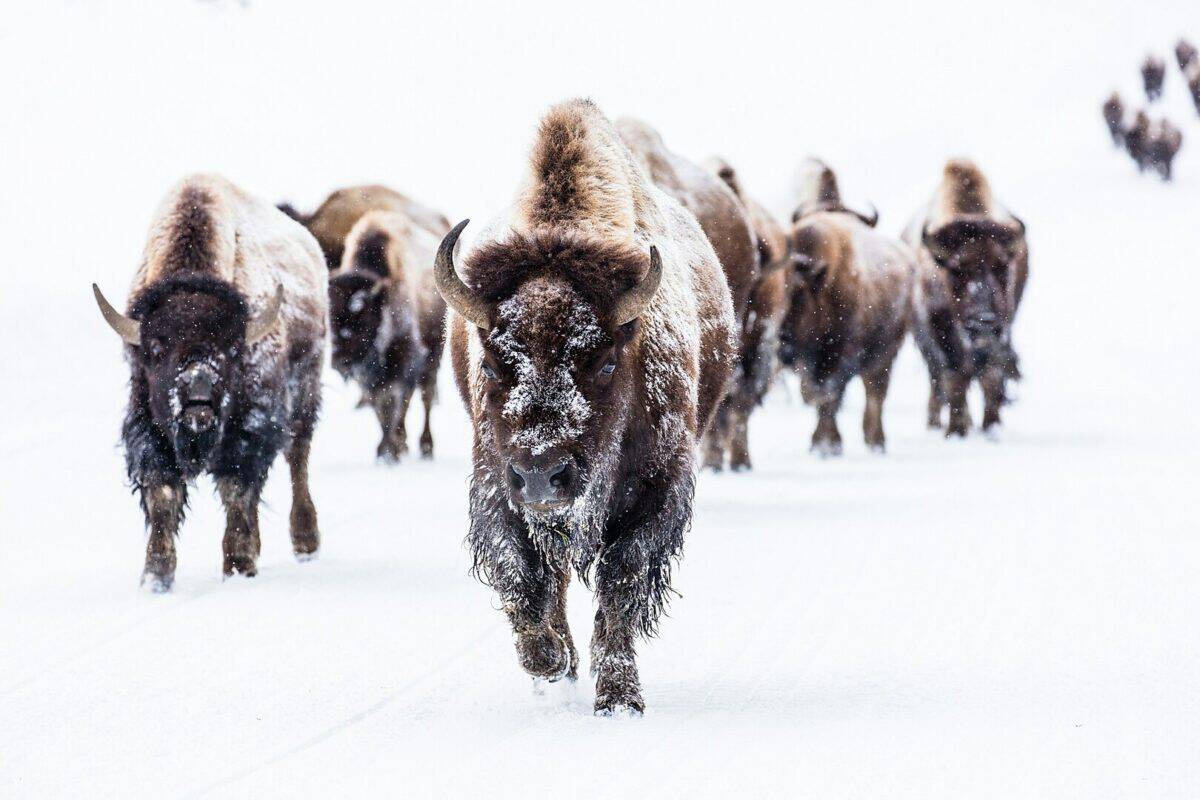In an inspiring conservation effort, a herd of 170 European bison reintroduced to Romania’s Țarcu mountains could potentially help mitigate climate change by storing carbon emissions equivalent to removing 43,000 US cars from the road annually. This significant environmental impact highlights the role of large herbivores in ecosystem restoration and climate stabilization.
Reintroduction of European Bison

European bison, which disappeared from Romania over 200 years ago, were reintroduced to the southern Carpathian mountains by Rewilding Europe and WWF Romania in 2014. Since then, the population has grown to over 170, making it one of the largest free-roaming bison populations in Europe.
Impact on Carbon Storage

Recent research by the Yale School of the Environment, funded by the Global Rewilding Alliance, reveals that the bison herd could capture an additional 54,000 tonnes of carbon annually. This figure equates to the yearly CO2 emissions of 43,000 average US petrol cars, underscoring the bison’s role in carbon sequestration.
Grazing and Ecosystem Benefits

Bison grazing promotes plant growth and enhances soil health by recycling nutrients, dispersing seeds, and compacting the soil, which helps prevent stored carbon from being released. This natural process contributes to a balanced and biodiverse ecosystem.
The Importance of Bison in the Carbon Cycle

Professor Oswald Schmitz of the Yale School of the Environment explains that the removal of bison from ecosystems has historically led to significant carbon release. Reintroducing these herbivores can restore balance and aid in carbon storage.
Validation of Research Models

Alexander Lees from Manchester Metropolitan University supports the study, emphasizing the need for more field research to validate the models and understand the time required for bison benefits to accrue. He highlights the crucial role of large mammals in the carbon cycle.
Bison as Keystone Species

Bison are a keystone species, playing a vital role in maintaining diverse landscapes, including forests, scrub, grasslands, and microhabitats. Their presence supports biodiversity and enhances ecosystem resilience.
Economic and Tourism Benefits

The return of bison to the Țarcu mountains has also spurred nature-based tourism and local businesses, creating a positive economic impact while promoting conservation awareness.
Specific Soil and Climate Conditions

Schmitz notes that the Carpathian grasslands have unique soil and climate conditions, making the bison’s impact specific to the region. However, the principles can inform rewilding efforts in other ecosystems with appropriate adaptations.
Global Rewilding Initiatives

The success of the bison reintroduction in Romania can serve as a model for similar rewilding projects worldwide. Rewilding efforts offer a dual solution for biodiversity conservation and climate mitigation.
Policy Implications

The research provides valuable insights for climate policymakers, showing that nature restoration can significantly contribute to carbon drawdown and climate stabilization. Integrating wildlife reintroductions into climate strategies can yield substantial benefits.
Broader Species Considerations

Schmitz’s team is investigating other species, such as tropical forest elephants and sea otters, which also show promise in enhancing ecosystem carbon storage. This approach could broaden the scope of nature-based climate solutions.
Learning from Rewilding Projects

The report on Romania’s bison is pioneering, offering a powerful tool for guiding future wildlife reintroductions. Continuous learning and adaptation from these projects can optimize their ecological and climate benefits.
Future Research Directions

Ongoing research will refine the understanding of how rewilding projects like this contribute to carbon sequestration. Long-term monitoring and field studies will enhance the accuracy and applicability of the models.
Conclusion

The reintroduction of European bison to Romania’s Țarcu mountains is a groundbreaking effort in conservation and climate action. By restoring these majestic animals to their natural habitat, we not only revive biodiversity but also leverage their ecological functions to combat climate change.
Next Up:
Massive Bison Stampede in Yellowstone National Park Holds Up Traffic and Causes Panic
Montana Reporter has Hilarious Reaction To Approaching Massive Bison Herd in Yellowstone – He Fled..
Join our Forum for free today!


